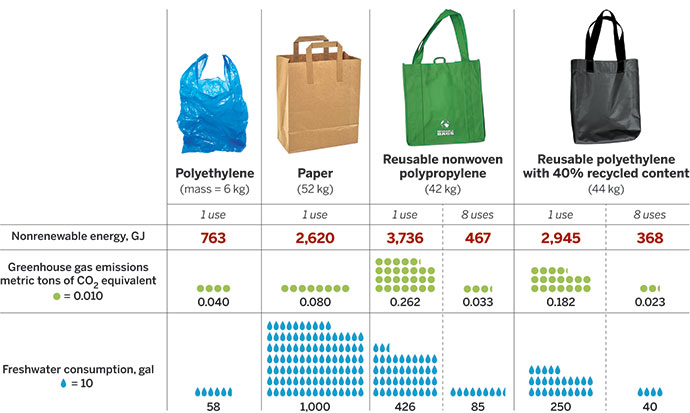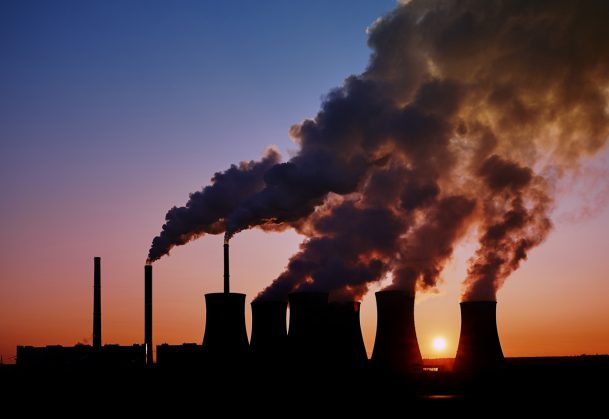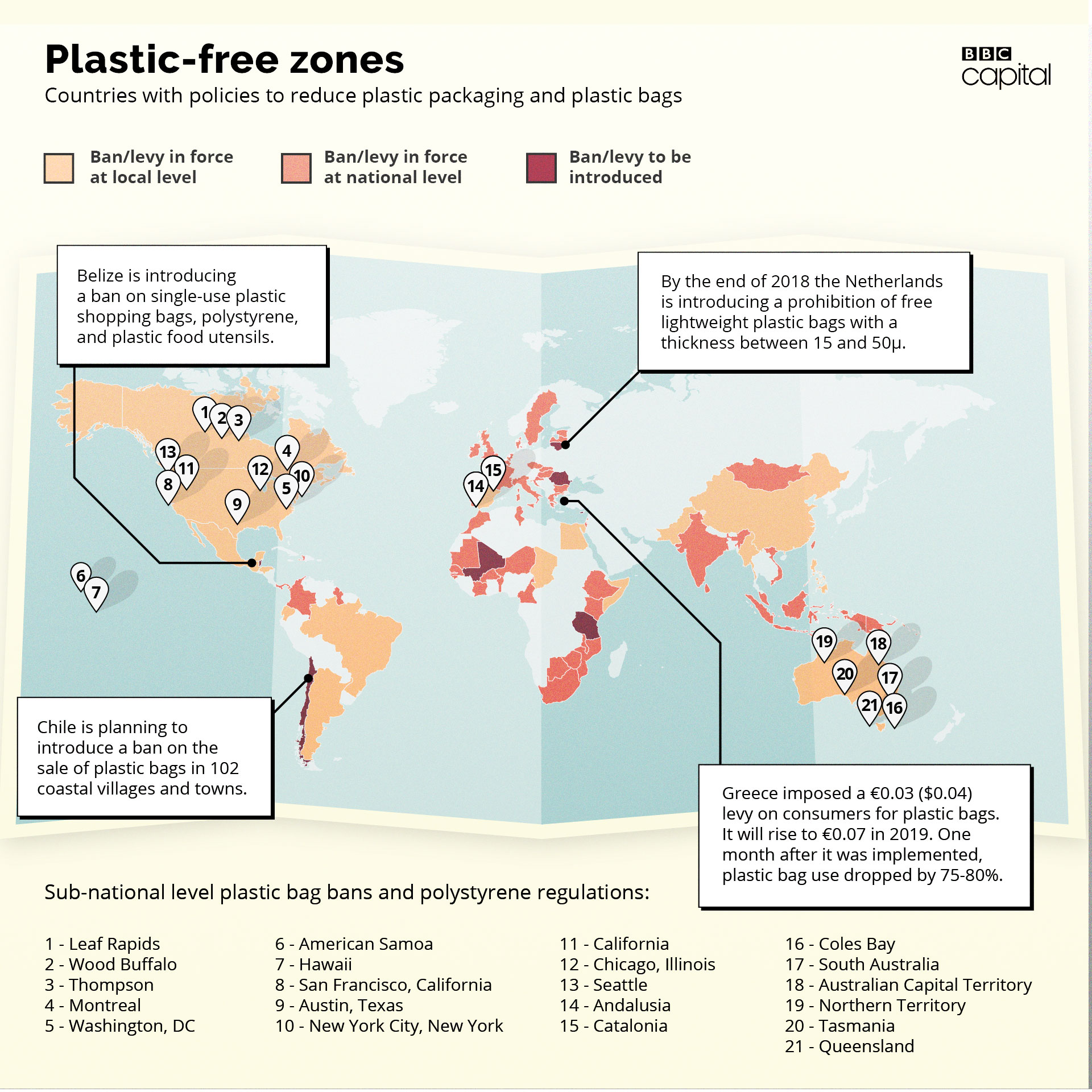
In order to propose legislation regarding plastic bags, exact parameters must be defined. There are three main types of plastic used in single-use plastic bags. The first is High-Density Polyethylene (HDPE), most commonly making up the bags in grocery stores, convenience stores, delis, and restaurants. There is also Low-Density Polyethylene (LDPE) which is what garment bags from the dry cleaner are made of, and Linear Low-Density (LLDPE) which makes up thick, glossy bags found at places like clothing stores and the mall. Although it would be preferable to eliminate all types of plastic bags, it is more realistic to focus on High-Density Polyethylene bags because they are the most feasible to phase out.
Therefore, for the purpose of my policy I am focusing on the elimination of High-Density Polyethylene bags and the introduction of a tax on paper and reusable plastic bags, in an effort to reach the ultimate goal of using as few plastic bags as possible.
Because the taxation of single-use plastic bags is proven to be successful, particularly in California, I am advocating for all states in the United States of America to adopt legislation similar to the California bag-tax model under Senate Bill 270. Lowering the number of plastic bags being distributed and causing consumers to reconsider the amount of single-use bags they really need will reduce the amount of pollution caused by them; ultimately moving the country towards a more sustainable and waste-free future.
The proposed policy eliminates High-Density Polyethylene bags from all stores and retailers, introduces a new, thicker plastic bag made of 40% recycled polyethylene that can be reused at least 125 times, and places a 10-cent tax to the consumer on every plastic bag or paper bag they opt to take. The store providing the goods will collect the money from the bag tax. For every 10 cents obtained, the store will make 4 cents as an incentive to enforce the policy. 40% of the tax funds will go back to the local municipality and 60% will go to the Environmental Protection Agency for the restoration and preservation of the environment, which includes the cleaning up of plastic bag waste. Exemptions from the 10-cent tax include those on low-income programs such as WIC and SNAP.
Towns, cities, and states that already have their own taxes or bans in place will be required to rewrite their legislation to match this new policy. Most legislation currently in place is very similar to this proposal, therefore it would not be that difficult to change.

It is realistic to implement such a policy because it eliminates the need for millions of bags while still providing an alternative for those who insist on using them. Additionally, the new plastic bags are more environmentally friendly and useful for a longer amount of time. This legislation could realistically be passed in every state because it should please everyone by giving options to the consumer while also giving money back to local governments. When it is first implemented, it is expected that many consumers will act accordingly with the legislation and begin to change their bag-using habits. Over time, many of those who prefer to use plastic bags will see a change in social norms when it comes to shopping and conform by reducing their own bag use. Also, the visible positive environmental effects will cause consumers to realize that their own good bag habits have a direct impact on their community and environment.
The ideal policy actors to make this happen is state governors. They can sign legislation that can put this tax and ban into effect. State representatives in the House of Representatives can also advocate to call for a vote to implement this statewide legislature. These policy actors would be encouraged to implement such policy because it can decrease the state’s amount of litter, bring in more funds to local governments, and make citizens more responsible and environmentally conscious.

Along with the other environmental and financial benefits stated previously, a statewide tax and ban on plastic bags would make great strides for our country in becoming more considerate towards planet Earth. Developing good habits regarding bag use will ideally overlap into other areas where better environmental choices can be made, such as reduced use of other single-use plastics, energy, and water.
Through this policy, citizens will see the benefits that eliminating plastic bags can have, making them more likely to pay attention to other environmental problems and becoming more involved in the solutions. This plastic bag policy is an important step in transforming the United States to become more sustainable and waste-free.
Sources:
http://leginfo.legislature.ca.gov/faces/codes_displayText.xhtml?lawCode=PRC&division=30.&title=&part=3.&chapter=5.3.&article=2.
As plastic bag ban looms in New York State, shoppers wonder: Now what?
https://www.cawrecycles.org/faq-on-bag-bans
https://www.factorydirectpromos.com/blog/what-are-the-positives-to-banning-plastic-bags/
https://www.factorydirectpromos.com/blog/what-are-the-positives-to-banning-plastic-bags/












